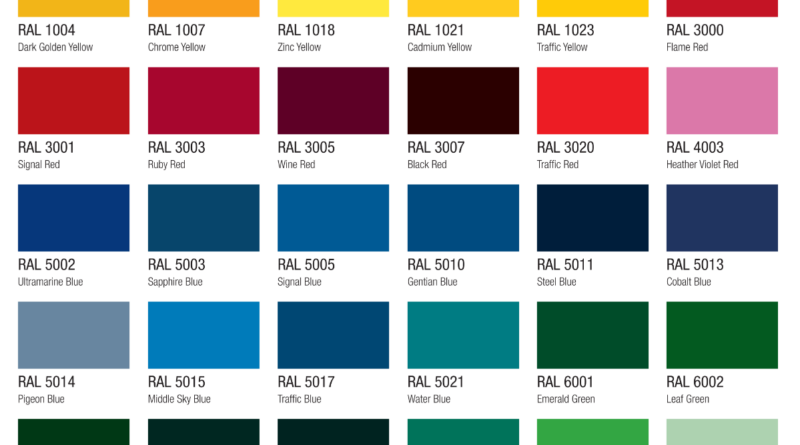A Comprehensive Guide to Automotive Paints
In this comprehensive guide, we’ll explore the different types of automotive paints, their application processes, and tips for maintaining a car’s paint job. Automotive paint is more than just a layer of colour on your car it cost as much as engine rebuild. It plays a critical role in protecting the vehicle’s body from the elements, preventing rust, and enhancing the overall aesthetic appeal.
Types of Automotive Paints
In this Comprehensive Guide to Automotive Paints will lead you to Understanding the different types of automotive paints can help you make informed decisions whether you’re restoring a classic car or touching up your daily driver.
1. Acrylic Lacquer
Acrylic lacquer was popular from the 1920s through the 1960s. It’s known for its glossy finish and ease of application. However, it has been largely phased out due to its lack of durability and environmental concerns.
2. Acrylic Enamel
Acrylic enamel creates a hard, durable finish that is resistant to weather and chemicals. It’s still used today, particularly in the restoration of older vehicles. It can be applied as a single-stage paint, which combines color and gloss in one coat.
3. Urethane Paint
Urethane paints are more durable and resistant to chipping and fading compared to acrylic paints. They can be applied as a single-stage or a two-stage system, which includes a base coat and a clear coat. Urethane is the most commonly used paint in modern automotive applications due to its longevity and high-quality finish.
4. Waterborne Paint
Waterborne paints are becoming increasingly popular due to their lower environmental impact. They use water as a solvent, reducing the emission of volatile organic compounds (VOCs). These paints provide excellent color matching and a durable finish, making them a preferred choice in many professional auto body shops.
5. Metallic Paint
Metallic paints contain small metal flakes that reflect light, giving the paint a shiny, metallic finish. They are often used on sports cars and luxury vehicles. Applying metallic paint requires precision to ensure even distribution of the flakes and avoid patchiness.
6. Pearlescent Paint
Pearlescent, or pearl, paints use mica or ceramic crystals instead of metal flakes. These crystals create a shimmering effect that changes color depending on the angle of the light. Pearlescent paints are often more expensive and require a skilled hand for application.
The Automotive Painting Process
Painting a car is a meticulous process that requires proper preparation, precision, and the right equipment. Here are the basic steps involved:
1. Preparation
Proper preparation is crucial for a smooth, long-lasting finish. This includes:
- Cleaning: Thoroughly washing the car to remove dirt, grease, and debris.
- Sanding: Sanding the car’s surface to remove the old paint and smooth out imperfections.
- Priming: Applying a primer to provide a good surface for the paint to adhere to and to cover any bare metal.
2. Application
Applying automotive paint involves several layers to achieve the desired finish and durability:
- Base Coat: The first layer of paint that provides the color.
- Mid Coat: Used in some multi-stage paint systems, especially for special finishes like pearlescent or candy colors.
- Clear Coat: A transparent top layer that protects the base coat from UV rays, scratches, and chemicals, and adds gloss.
3. Curing
After the paint is applied, it needs to cure. This can be done naturally by letting the car sit, or through baking in a paint booth. Curing hardens the paint and helps it bond properly to the car’s surface.
4. Polishing
Once the paint is cured, polishing helps remove any imperfections and enhances the paint’s shine. This step may include wet sanding and buffing.
Tips for Maintaining Automotive Paint
Maintaining your car’s paint job ensures it remains vibrant and protected for years. Here are some tips:
1. Regular Washing
Wash your car regularly to remove dirt, bird droppings, and other contaminants that can damage the paint. Use a pH-balanced car shampoo and soft cloth or sponge to avoid scratching the surface.
2. Waxing
Waxing your car adds a protective layer over the clear coat, enhancing its shine and protecting it from UV rays and contaminants. Aim to wax your car every three to six months.
3. Avoiding Harsh Chemicals
Avoid using harsh chemicals or abrasive cleaners on your car’s paint. These can strip away the protective wax and damage the clear coat.
4. Parking in Shade
Whenever possible, park your car in a shaded area or use a car cover. Prolonged exposure to sunlight can cause the paint to fade and deteriorate over time.
5. Addressing Damage Promptly
If you notice scratches, chips, or other damage to your car’s paint, address it promptly to prevent rust and further deterioration. Touch-up paint can fix small areas, but larger damage may require professional attention.
Automotive paint is a vital aspect of your vehicle’s overall appearance and protection. From choosing the right type of paint to understanding the application process and maintaining the finish, this guide covers all you need to know about automotive paints. Whether you’re a car enthusiast or simply want to keep your vehicle looking its best, investing in quality paint and proper maintenance is key to preserving its beauty and value for years to come.
Buying a used VW. Buying used vauxhall, BMW, Jaguar, Ford, Volvo, Range rover, Bentley, Aston Martin, Porsche, Ferrari, Lamborghini, Maserati, Hyundai, Tesla, Honda, Pagani

